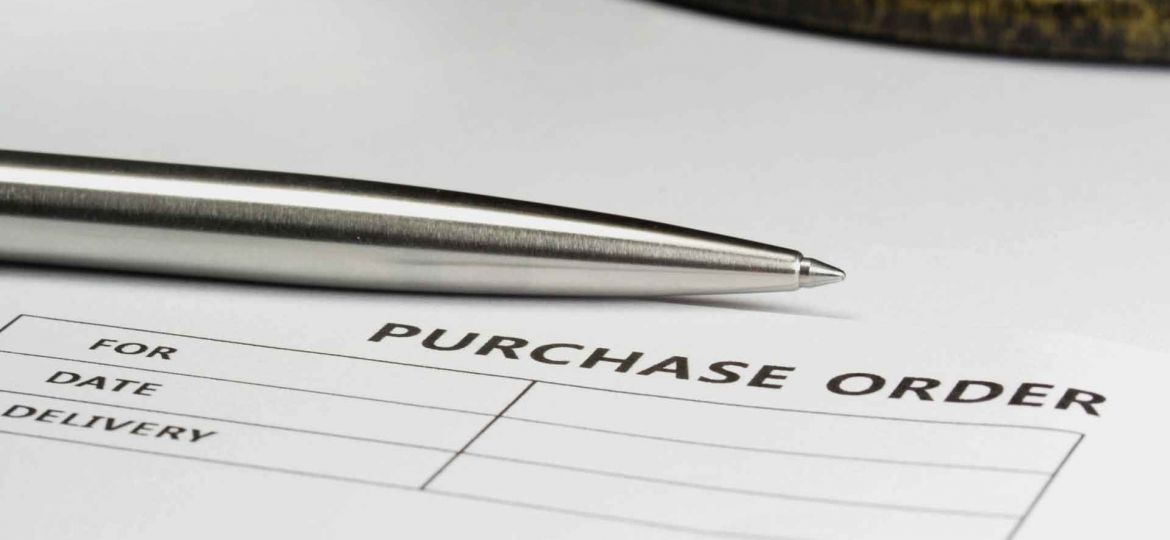
This is the first of a series of blogs about EDI documents. What better place to start than the purchase order or as known in the EDI world as transaction number 850. A purchase order is a document placing a request for goods. Like all EDI documents, 850s vary from partner to partner but they usually have several key things in common.
Items Most purchase orders contain items represented by an item number (ex. UPC Numbers, the buyer ‘s item Numbers, and your item Numbers. Attached to that item numbers are prices and quantities ordered.
Shipping Details Are the goods being shipped to a warehouse? A warehouse marked for a store? A store? Many stores? A customer? All of this information is usually included in the purchase order
Payment Terms and Discounts The terms of the purchase order, discounts applied to the 850, and dates required to be met for those discounts are in the majority of purchase orders.
As I mentioned above, every partner’s purchase order is unique but those three things are commonly contained in purchase orders. Most documents sent back to the partner, like invoices and ASNs, require that you return details from the purchase order.
What makes the EDI OptCenter efficient and simple to use is that all of the information from the purchase is applied to outgoing documents in order to fulfill the requirements of the partner without manual entry. This saves you immense time by only requiring manual entry on very few pieces of information as opposed to manually entering all the information already contained in the purchase order.

